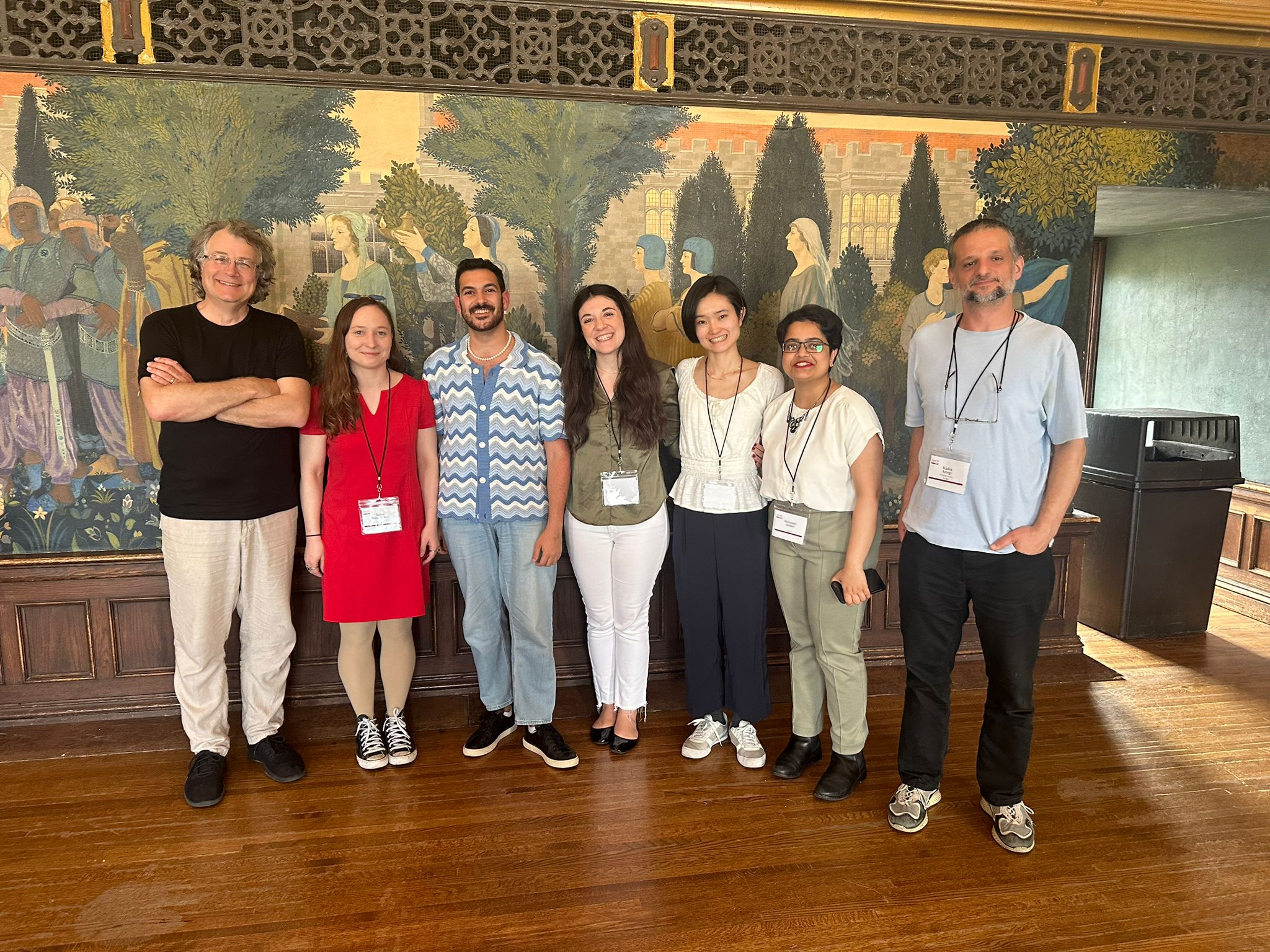Speaker: James Cooper Roberts (MIT)
Title: A Kalinian perspective on internal reduplication and its consequences
Time: Thursday, May 2nd, 5pm - 6pm
Location: 32-D769
Abstract: The true identity of infixes was a topic of much speculation in some corners of morphology. However, it was not until Kalin (2022) that we saw any hard evidence to inform an analysis. Considering cross-linguistic evidence from allomorphy, Kalin concludes that infixes are indeed (underlyingly) prefixes or suffixes. That is, infixes begin their lives at the edge of the root and are pushed to their pivot inside of the root. In her eyes, infixation is a finely timed process where exponent choice must precede infixation, which in turn must precede prosodification.
Kalin’s proposal is an exciting one, but there is one noteworthy gap in her proposal. In a Distributed Morphology framework, reduplication is accomplished by a special morpheme often glossed as RED. This morpheme is phonemically underspecified, instead consisting of a set of copying instructions which duplicate segments from a root. If we assume that internal reduplication is likewise a case of infixation, and RED enters the morphosyntax the same way any other morpheme does, when does this copying occur? Furthermore, is this order universal, or is there variation cross-linguistically? In a survey of genetically-diverse languages, Roberts (2023) finds that there is in fact cross-linguistic variation on when reduplication occurs relative to infixation. From this perspective, local internal reduplication can be thought of as a case where copying happens after infixation, and non-local internal reduplication is a case where copying happens before infixation.
However, proponents of Optimality Theory and related phonological frameworks may take issue with the assumptions of Roberts (2023) and Kalin (2022). For one, there is good reason to conclude that infixation is at least sometimes the result of phonological optimization rather than an arbitrary morphological process (e.g., McCarthy (2003)). Furthermore, reduplication can be thought of simply in terms of a correspondence between an output and itself. In a constraint-based framework, the facts of internal reduplication as they currently stand can be analyzed with independently-motivated constraints. Ergo, critics may rightfully wonder whether the theoretical machinery employed in Roberts (2023) (time of reduplication, “direction” of copying, etc.) is really necessary to account for the data.
In this presentation, I discuss these competing analyses in detail. I begin with an overview of Kalin (2022) and a detailed summary of Roberts (2023). I then discuss the analytical cost of such an approach to internal reduplication, and what we gain from it. This is followed by a summary of OT approaches to infixation and reduplication as both separate and combined phenomena, and I conclude with a discussion on the predictions of the two theories and how future work could inform the debate.
